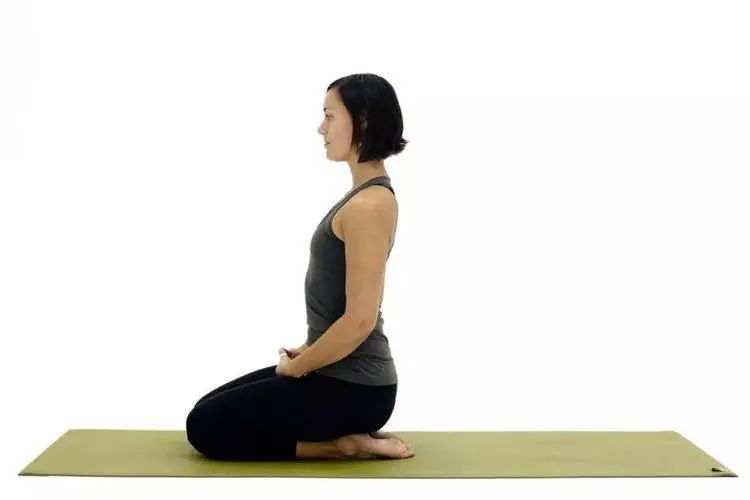About 20% of yoga practitioners said they had experienced yoga related injuries at some time during their practice.

Back pain and joint pain (hip, wrist and ankle) are the most common among injured people.

In fact, yoga related injuries are mostly caused by the following postures: shoulder handstand (Salamba Sarvangasana) or plough (halasana): shoulder handstand and plough are performed while the body is supported on the shoulders, and the legs are upright in the air (in plough, behind the head).

This exerts great pressure on the cervical spine of the neck, causing the neck to bend uncomfortably forward.

As the whole body exerts pressure on the spine, the injury may radiate downward or outward to the shoulder.

Can cause neck pain, or worse.

It is recommended to use blankets under the shoulders / neck for support.
Other techniques to reduce neck and shoulder tension include not pushing your neck too far forward and not turning your head.
Sirsasana: head handstand is very dangerous because it will cause great pressure on the neck, and there is always the possibility of falling.
First, determine whether you are ready to try handstand safely, and test whether you can maintain the downward dog pose, forearm plank and dolphin pose for at least 1 to 2 minutes, because these require the strength of the upper body.
It is recommended to lean against the wall in the first 5 to 10 attempts.
Another option is to put a yoga brick under your shoulder for extra support, or let your teacher help you and hold your feet.
You can also jump over your head and shoulder and simply lift your feet to the wall to relax, which still helps to lower your body temperature and slow your heart rate.
Backward bending (including bridge, wheel, cobra or camel): backward bending includes pushing the chest or buttocks forward, bending the back and chest, and stretching the head backward.
If neck injury or chronic back pain, avoid back bending.
Beginners should also be careful to enter the back bend.
Try to guide yourself to bend back very carefully and slowly, so that the lower spine becomes the last part of your spinal movement.
Do not push your hips forward or your neck / head backward too suddenly.
When bending backwards, keep the knees, thighs and feet as parallel as possible.
This will help keep the hips forward and prevent twisting of the spine.
Postures of pulling the sciatic nerve (such as Vajra sitting): some practitioners spend too much time lying on their backs on their heels (maybe several hours a day), which will cut off the blood supply from the branches of the sciatic nerve to the heels or feet.
Exerting too much pressure or tension on the sciatic nerve is a common cause of recurrent radiation-induced low back pain.
The sciatic nerve passes through the hip from the lower spine and extends down to the back of the leg.
To prevent sciatica, gently stretch your legs and waist and give yourself enough rest between exercises…

